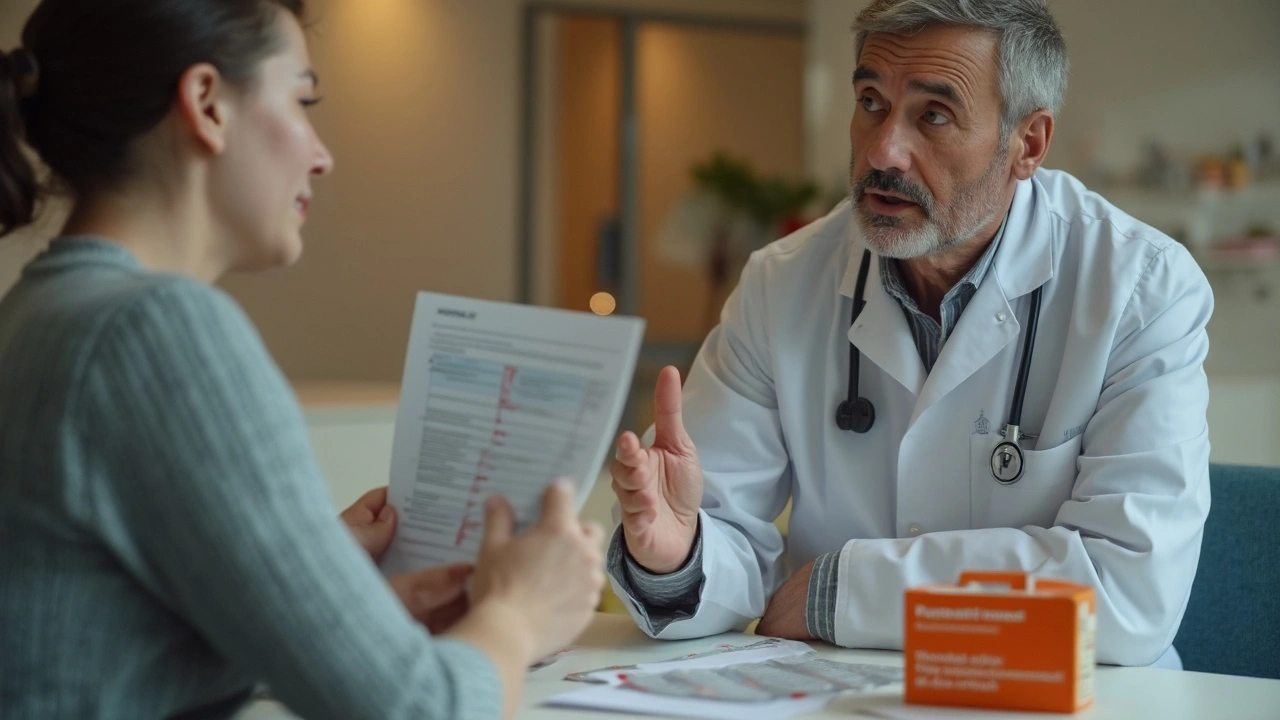Anaerobic Infection Treatment: What Works and How to Manage It
If you’ve been told you have an anaerobic infection, the first thing to know is that it’s treatable with the right antibiotics. Anaerobes are bacteria that thrive without oxygen, so they often hide in deep tissue, dental pockets, or inside wounds. Because they’re hidden, doctors pick drugs that can reach those low‑oxygen spots and kill the bugs.
Common Antibiotics That Beat Anaerobes
The go‑to choices are metronidazole (Flagyl), clindamycin, and beta‑lactam antibiotics paired with a beta‑lactamase inhibitor (like amoxicillin‑clavulanate). Metronidazole is popular for gut‑related infections such as diverticulitis. Clindamycin works well for skin and dental infections but can cause diarrhea in some people. The combo pills—amoxicillin‑clavulanate or piperacillin‑tazobactam—cover a broad range of anaerobic bugs and are often used when the infection site is uncertain.
When doctors suspect a mixed infection (both aerobic and anaerobic bacteria), they may give two drugs together. This ensures nothing slips through the cracks while the lab works on identifying the exact strain.
How Doctors Choose the Right Regimen
The decision starts with where the infection is. A deep‑seated abdominal abscess needs a drug that penetrates tissue, so IV therapy might be chosen at first. For a dental abscess, an oral antibiotic like metronidazole or clindamycin often does the trick.
Lab results also guide therapy. If a culture shows a specific anaerobe—like Bacteroides fragilis—the doctor can switch to the most targeted drug, reducing side‑effects and resistance risk.
Duration matters too. Most anaerobic infections clear up after 7–10 days of treatment, but doctors may extend it to two weeks for stubborn cases or when surgery was involved.
Practical Tips While on Treatment
Take the medication exactly as prescribed—no skipping doses, even if you feel better early. Missing a dose can let the bacteria bounce back and become harder to kill.
Watch for side‑effects. Metronidazole may cause a metallic taste or mild nausea; clindamycin can give you loose stools or, in rare cases, a serious gut condition called C. difficile infection. If diarrhea becomes severe or you see blood in your stool, call your doctor right away.
Stay hydrated and maintain good oral hygiene if the infection is dental‑related. Rinsing with salt water twice daily can help keep the area clean while antibiotics do their job.
When to Seek More Help
If fever spikes, pain worsens, or swelling doesn’t shrink after a few days, you might need an additional procedure—like draining an abscess—or a change in medication. Don’t wait; early action prevents complications.
Remember, anaerobic infections can look scary, but they’re usually manageable with the right drug plan and close follow‑up. Keep these tips handy, stick to your prescription, and you’ll be on the road to recovery faster than you think.
Best Alternatives to Metronidazole: Macrolides and Beta-Lactams for Anaerobic Infections
People who are allergic to metronidazole face special challenges treating anaerobic infections. This article digs into top macrolide and beta-lactam alternatives, explains their strengths and weaknesses, and offers tips for picking the safest antibiotic options. Expect clear comparisons, specific examples, and practical guidance for patients and caregivers. Discover which drugs actually work and how to talk to your doctor about the most effective and safest substitutions.
© 2025. All rights reserved.

